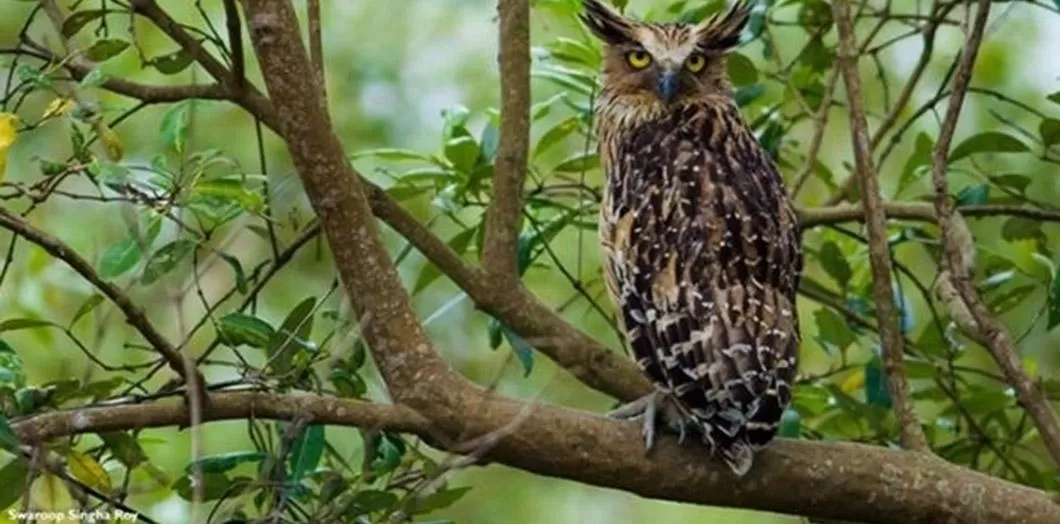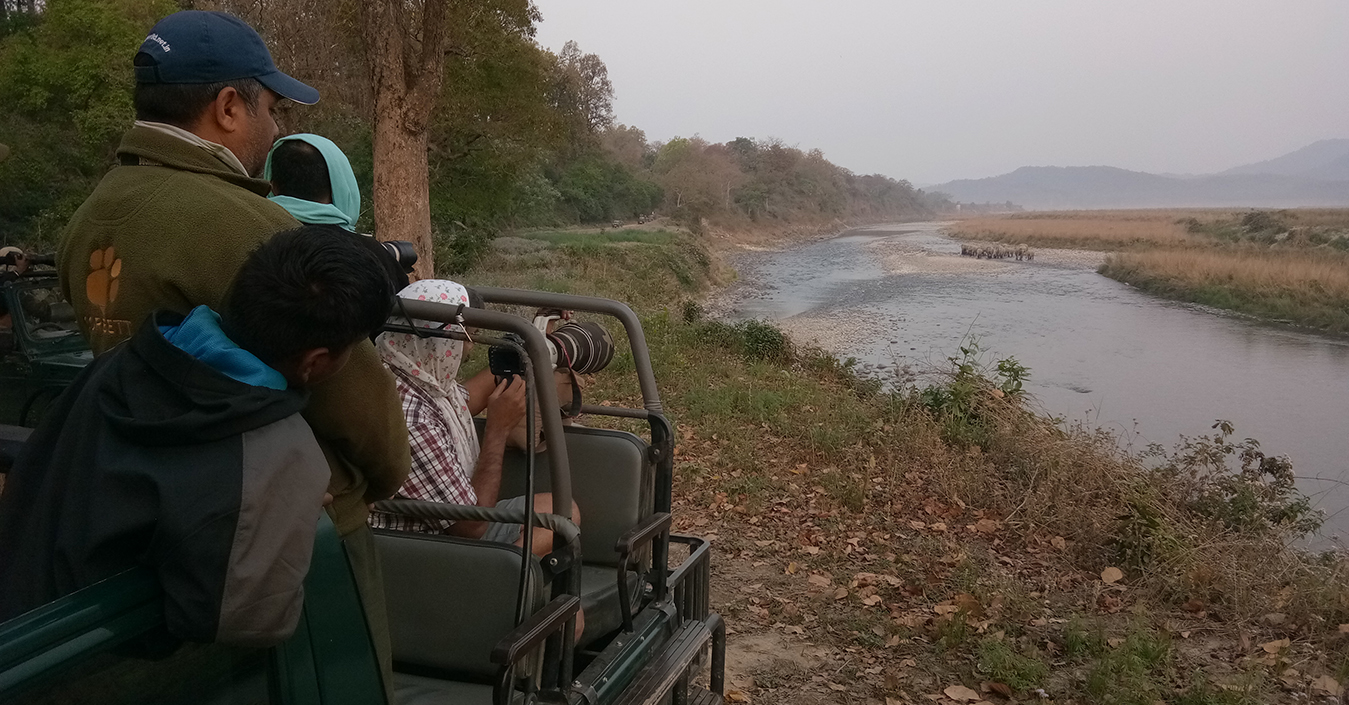
Blog Details
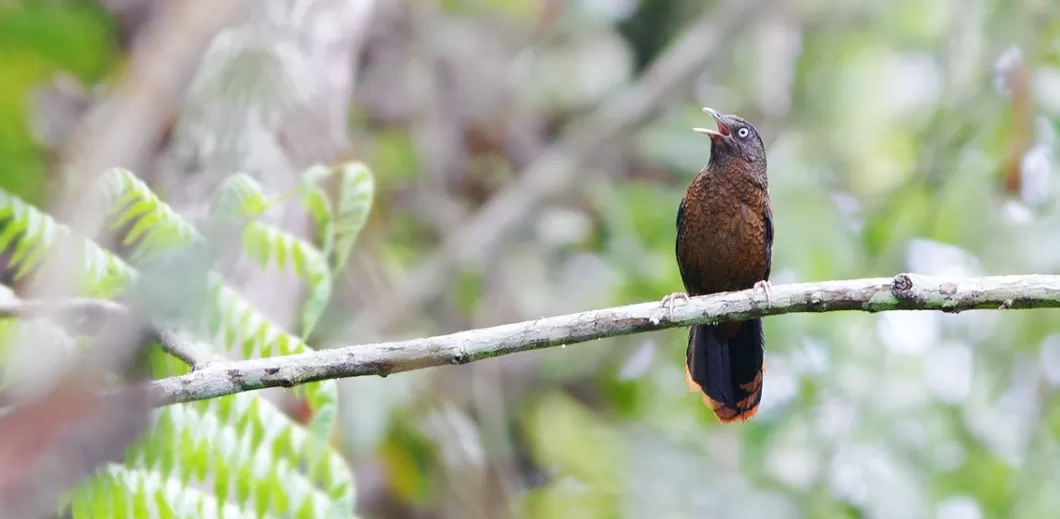
Learn the basics of recording bird call
Documenting the behavior of a bird entirely... used to be a painstaking task but it has been done by every tribe group for ages. Such documents are abundant in various forms of literature, art, sculpture across the globe. With time, the way of documentation has changed and now it has become a relatively easier task. Now, citizen scientists play a major role in documentation and data keeping. Such public participation in scientific research and monitoring of birds are uploaded in the bird-related web portal, worldwide. These portals are maintained and managed by a group of research scholars as well as by citizen scientists. Many public participants contribute in these web portals willingly because they are enormously interested in these kinds of activities plus the interesting technology that is used to facilitate documentation of birds and their behavior draw more attention of people and can be considered as the main cause behind the rapid surge in 'citizen science activity'.
Now, the documentation part is pretty intriguing as these are done with the help of photo recording, video recording or sound recording. Bird watchers behold the lovely activities of the birds through binoculars, bird photographers and video makers use a camera. Do you know there is a third category of people who listen to the bird calls and record it? We will discuss this interesting thing in detail.
Most of the bird lovers in India use a camera for taking nice and clutter-free images, very few people use binoculars. However, recording noiseless audio of bird calls is also an art and considered to be a great contribution on the part of a citizen scientist. The participants who come and join us in our GoingWild’s bird watching tours can also record and document so many wonderful bird moments that can’t be described in words. Follow a few simple steps and be an expert. In the European bird watcher’s community, apart from using binoculars and cameras; participants are involved in recording bird calls also.
Instruments required for recording bird calls
Here is the set up that our bird expert Dibyendu Ash uses for recording bird calls.
- Shotgun Microphone: Shotgun microphones are like receivers when one records sound coming from a particular direction. The noise can be further filtered out by using a parabolic dish fitted in it for the removal of noise caused due to the wind.
- XLR (female) - 6.35 mm connector: This cable connects the receiver microphone with the sound recorder.
- 6.35 mm - 3.5 mm adaptor: This adaptor is required as the input mic is 3.5 mm.
- Recorder: There are multiple brands available depending on your preference and budget, you can choose.
- Output Device: The recorded sound will be clearer if you prefer to listen to it, using an earphone or a speaker.
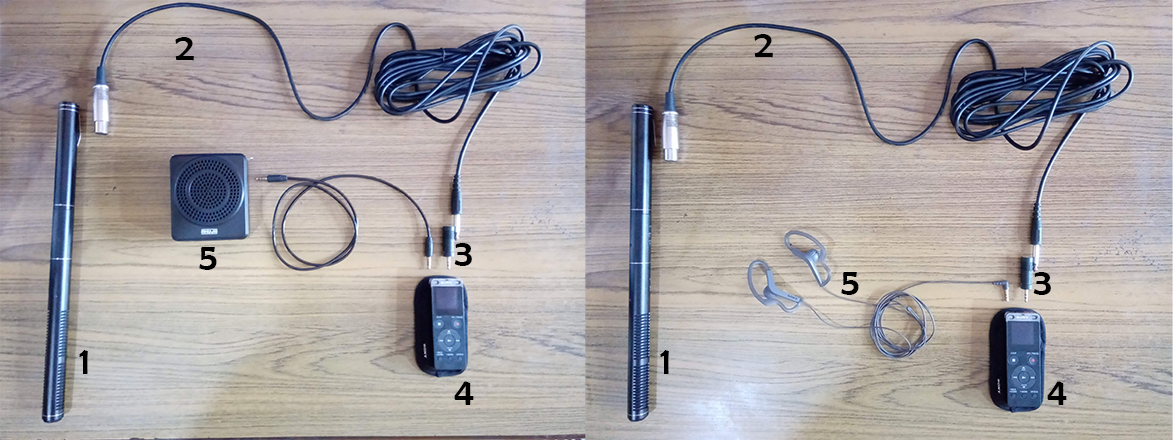 |
| 1. Shotgun Microphone | 2. XLR (female) - 6.35 mm connector | 3. 6.35 mm - 3.5 mm adaptor | 4. Recorder | 5. Output Device |
Just as Adobe Photoshop is used to edit pictures, similarly many sound editing softwares are available that make the recorded sound more profound. You can further analyze the sound waves, calling patterns, number of notes, etc. with the help of those softwares. Mr. Ash uses Audacity (sound editing software) for this purpose. You can also convert file extensions using this.
Understanding and recording bird songs and calls
Firstly, you must start to identify and recognize bird calls. Once you record and listen to the recorded calls back at home, you will be able to understand so the first point is- do a lot of homework. Also, it isn’t a boring thing to do since everyone loves to listen to birds chirping. Continue this to become an expert.
Secondly, you listen, record and upload the recorded file in your collection or in ornithology portals where it allows you to upload the sound. Don’t just become a recordist, participate in a collaborative project of citizen science to learn more.
Processing of Bird Calls
Bird watching, documentation of birds and their activity is pure teamwork, only if you consider sharing your work on different platforms. Your participation and contributions are helpful in the case of data accumulation. Therefore, you should be extra careful when you post process the recorded file. Just removal of base noise is enough and never change or modify the pitch, frequency, period, etc.
There are many video tutorials available online, following which you can process sound files as per your requirement.
From this video, you will get the basic idea of birds call and its implications. Take a look, hopefully, you will like it!
Uploading processed Bird Calls
Once you are done with processing, upload the sound file in e-birds, xeno-canto, etc. Your contributions will enrich bird forums. For better understanding, you can check the uploaded bird calls and songs on Xeno-Canto by Dibyendu Ash.
Join our birding tours to north-east India and start recording bird calls under the guidance of Dibyendu Ash from some of the pristine and least explored sanctuaries and parks in this diverse birding heaven.
Do not hesitate for we are always standing by your side to assist you!
0 Comments
Leave a comment
Archive
Tags
Latest Posts
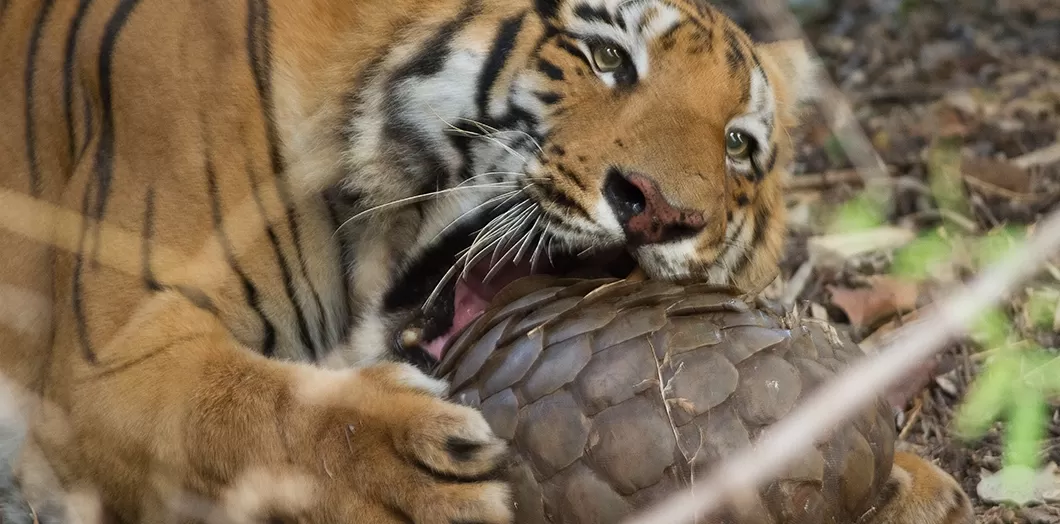
Tiger Pangolin Storyline From Tadoba
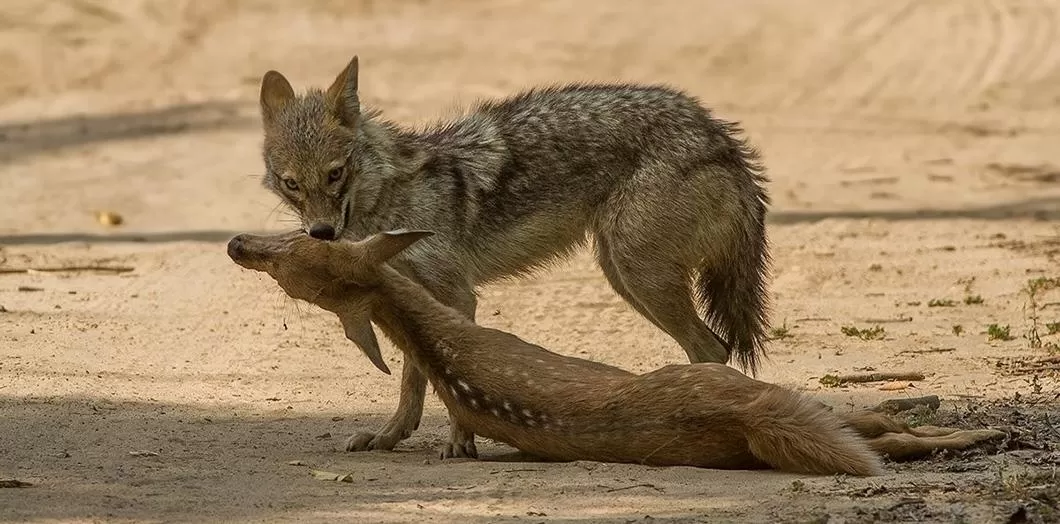
The Day of the Jackal
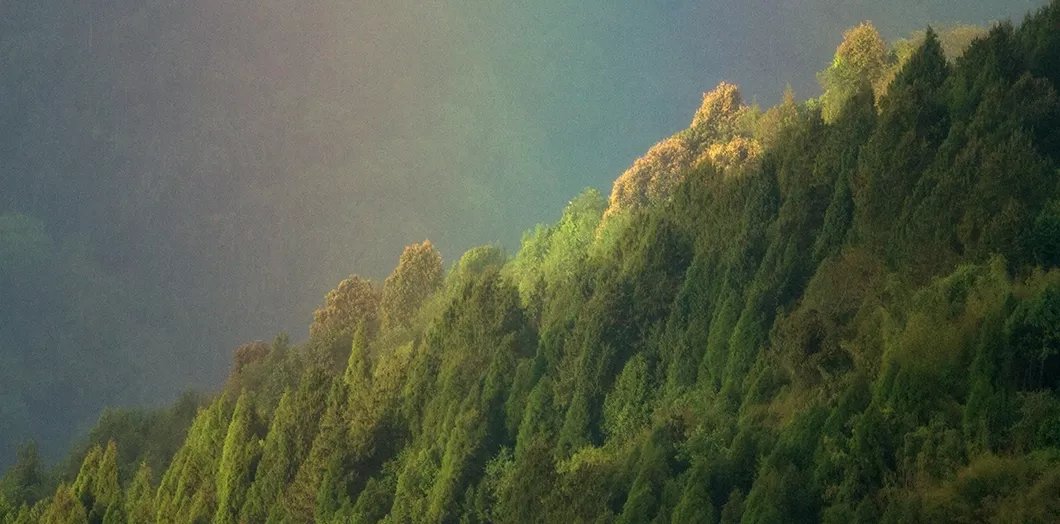
'Sikkim' Tour - Zuluk
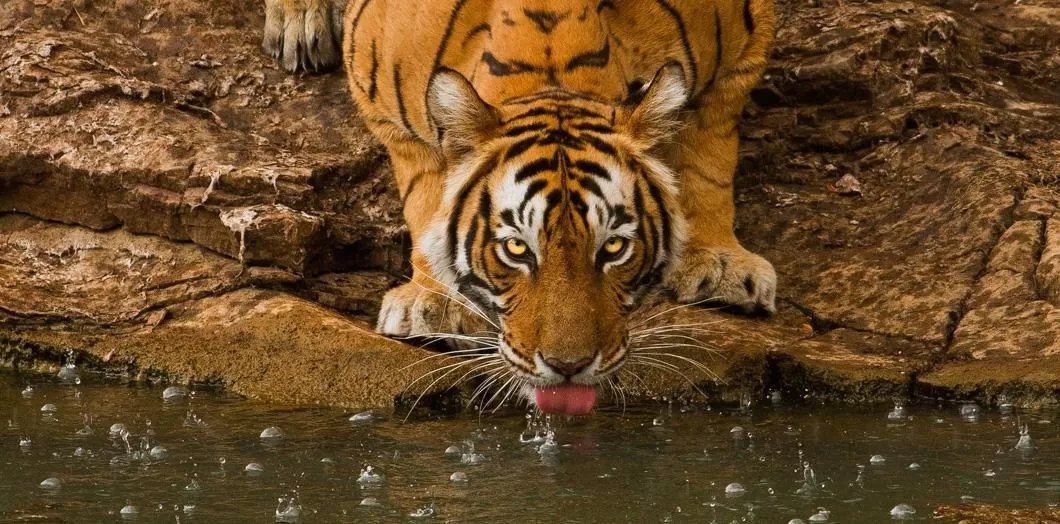
Tigress in Rain
